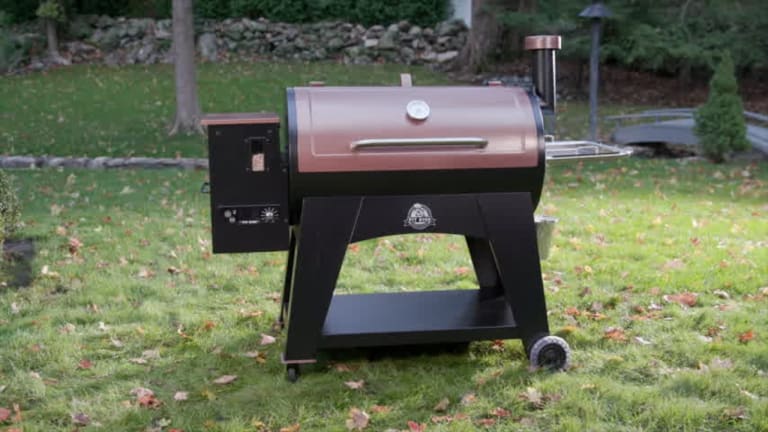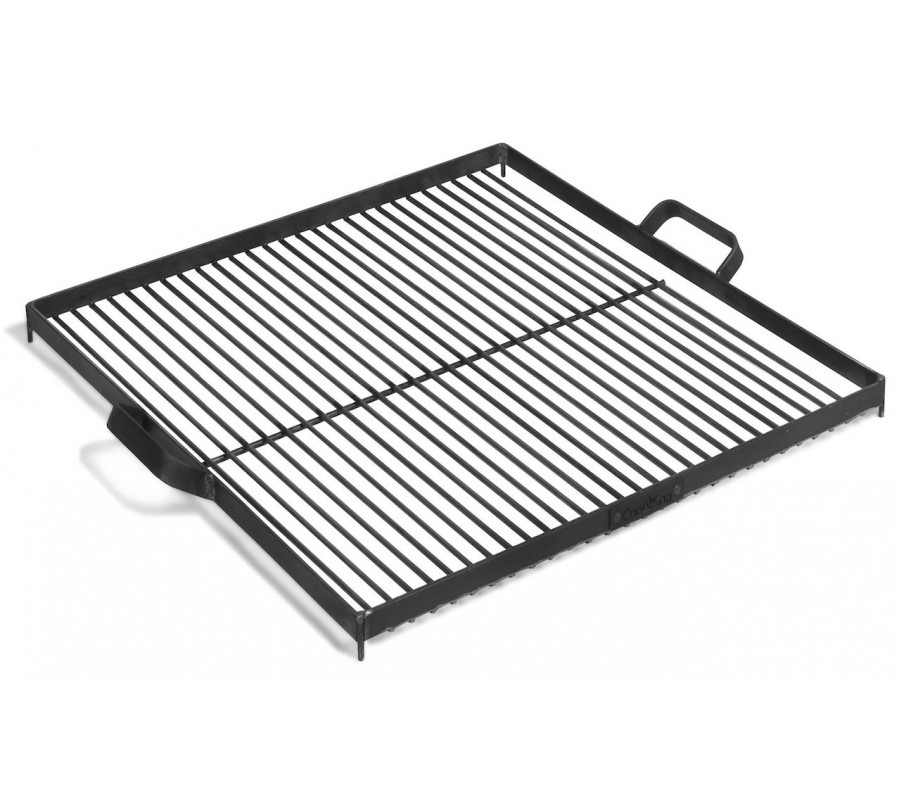
Although cooking halibut can be done quickly, it is important to know how to determine the internal temperature before you serve it. There are many reasons fish should be cooked at the correct temperature. Cooking halibut at the correct temperature will ensure that the fish is flaky, firm, and cooked through. Be careful not to overcook this fish or it will become dry. You can avoid this by cooking it in lots of butter or oil.
The ideal internal temperature of halibut fillets is between 125-135 degrees F. They should reach this temperature after approximately 10 to 13 minutes of cooking. Halibut fillets should register in the 125 to 130 degrees Fahrenheit range. Halibut can be pan-fried or oven-roasted. Once the fish reaches that temperature, it can then be pan-fried, baked, or dipped into sauce. In the last few years, strict regulations have led to an increase in the cost per pound and restaurants have stopped selling halibut. Because of the high price, there was a lack of demand for halibut, and as a result, halibut has become cheaper.

To ensure that halibut is cooked at the proper internal temperature, it's essential to prepare it properly. The connective tissue in halibut can become unpleasantly tough at lower temperatures, so it's vital to check the temperature before serving. Before serving, make sure to check the internal temperature with a fork. To ensure that the fish is tender, juicy and flaky, you should cook it at this temperature. At this internal temperature, the meat will separate easily and flake with ease. The flaking texture of fish will be a part of its texture once it is cooked. It should be flaky with a firm, but not chewy texture. Hence, this is one of the best halibut temperatures.
Ideally, halibut should be cooked to a temperature of 145 degrees F in 20 minutes. Cooking halibut for 20 minutes or less is a good idea. However, the length of time depends on the thickness of your fish and your internal temperature. The final cooking time should not be a major determinant of the quality of the fish's finished product.
You can pan-fry or fry halibut to make a delicious fish with chips. Deep-frying it with beer batter and seasoned flour mixes is a great way to make it taste good. When you are deep-frying halibut, always check its internal temperature using a thermometer. The fish may be pan-fried before being cooked. If the halibut is still not cooked, you can bake it.

It is possible to brine the halibut to keep it firm. The addition of salt to water will help firm the flesh and allow it to stay together in the pan. Additionally, the salty brine will help form pellicules. The skin of halibut may not be as chewy as people might think. It is best to remove the skin before cooking. This is an excellent choice for a healthy, delicious and high-quality meal.
FAQ
Are there any requirements to become a chef?
No. No. Some even went to culinary school just to gain experience. Most chefs prefer to go to culinary school to expand their professional opportunities. Culinary schools offer students hands-on training, which helps them build valuable skills and improve their cooking knowledge.
What's the best way to keep leftovers safe?
Leftovers are usually stored in Tupperware containers. These containers keep food fresh and prevent odors forming. They keep foods warmer for longer. Frozen leftovers can be kept in freezer bags. For food that you are freezing, make sure to place it inside another freezer bag. Once the food has frozen, you can transfer it to an airtight container like a zipper lock bag.
How much does it cost to study Culinary Arts?
There are many factors that influence the cost of learning culinary arts. A four-year degree in culinary arts typically costs around $40,000. A two-year associate's program may be less expensive at $5,000. Tuition rates depend on the type of program you select. Public institutions are more expensive than private institutions.
Do I need any special equipment to cook?
It doesn't take any special equipment or tools to learn to cook. However, it can be easier to use the right tools. For example, a knife could be used for pasta making or a whisk would be better than a hand mixer for whipping egg whites to stiff peaks. It makes cooking much easier and quicker.
Statistics
- On average, chefs earn $58,740 a year, according to the BLS. - learnhowtobecome.org
- You'll be amazed that over 90% of CIA students receive scholarships and grants to finish their culinary studies. (ischoolconnect.com)
- under 10 Kids have been taught that there is special food just for them, and Fiese says that 10 percent of kids will throw a tantrum if they don't get the food they want. (washingtonpost.com)
External Links
How To
How to make a perfect Omelette
Omelets are a favorite breakfast food of mine. But how do you make them perfectly? I've tried many different methods and recipes, but none of them seem to work! So I wanted to share some tips and tricks so that you can make delicious, fluffy omelets every morn.
First, eggs can be very temperamental ingredients for making omelets. It is important that eggs are fresh from an organic market and kept cool until used. They must be kept cool, otherwise the whites will not form properly and the yolks may become runny. This causes your omelets to look oddly colored. If you intend to cook your eggs immediately, it's best to use room-temperature egg.
You might also try separating the egg before adding to the pan. You don't want the white to get mixed with the yolk, as this could cause the egg to curdle.
You could end up burning the bottom half of the egg if the egg is added directly to the heat source. Instead, microwave the egg for 10 seconds before adding it to the pan. The microwave heat cooks your egg just right, without it becoming too soft.
Next, let us talk about how to mix the eggs. Mixing eggs together is important. You need to beat them well. You need to turn the bowl of the mixer upside down. Now shake the bowl vigorously. The egg will be thoroughly mixed in the bowl as the air is whipped.
Now it's time to have fun: pour the milk into the mixture. The first step is to pour half of the milk in the beaten eggs. Next, fold the eggs into the remaining milk. Do not be alarmed if there are still egg streaks visible. Once the omelet flips, these streaks will disappear.
After you have done folding the eggs, heat the pan on medium heat. The oil will start to smoke. Once the oil begins to heat, add 1/4 cup butter and swirl the pan to coat it. Open the lid and sprinkle salt on the pan. The salt will help to prevent the omelet's sticking to the pan.
Cover the pan once the omelet is formed and allow it to cool completely. Flip the omelet upside down or with a spatula. Cook the second side for a minute or so. Take the omelet out of the pan and immediately serve.
This recipe is best made with whole milk. However, it can also be used with skimmed milk.